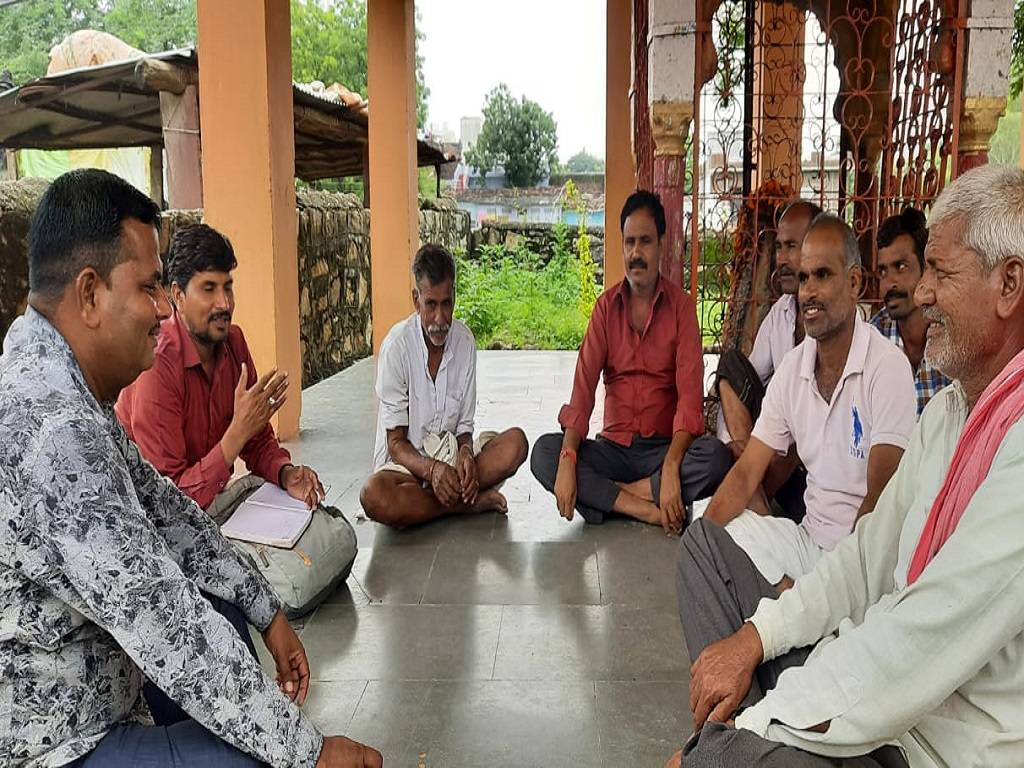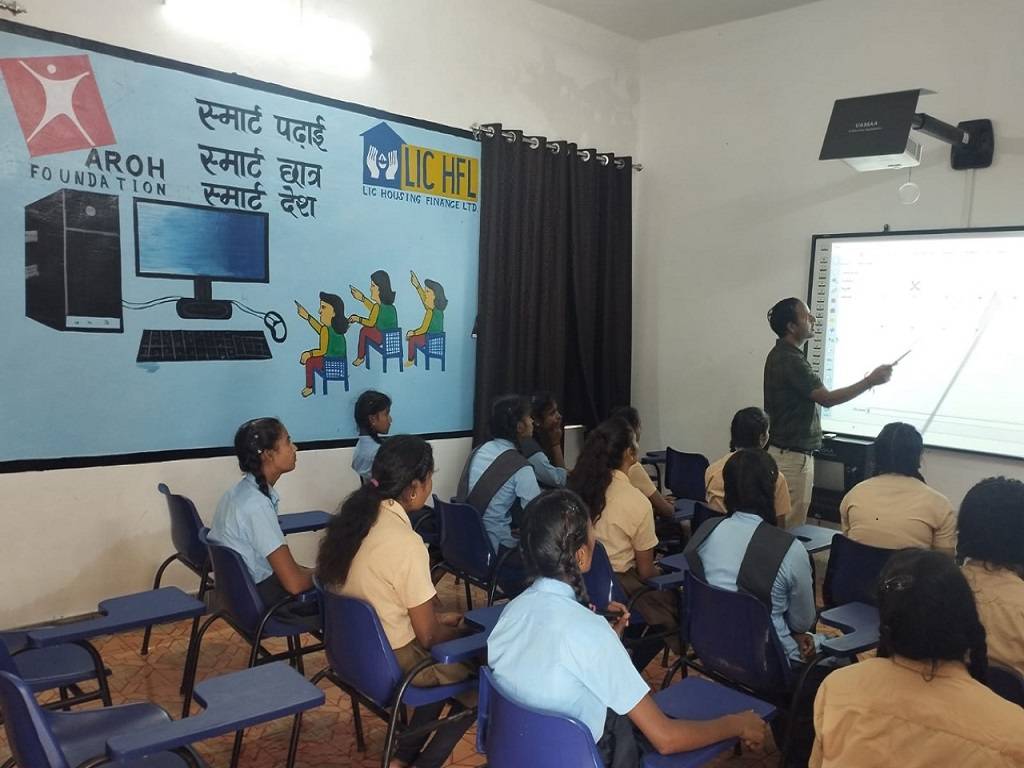
AROH Foundation, a leading NGO, and LIC Housing and Finance Ltd collaborated in the year 2021 for an aspirational Holistic Rural Development Project ‘Hriday’ for seven indigent villages of Rajasthan.

The goal of Hriday was to improve the socioeconomic reformation of the 9250 residents of the seven villages on the Antah block of the Baran District in Rajasthan. These were aimed to be accomplished by a variety of Hriday-planned programs that addressed every aspect of rural life, including agriculture, animal husbandry, water management, management of natural resources, health, education, employment, nutrition, awareness, and advocacy. Since then, the mission has faced several challenges, including COVID's major roadblocks and the system's slowness. However, despite all of these turbulences, team Hriday remained steady and continued making concerted attempts to achieve its objective.
The project has been successful in reducing rural poverty and raising the level of living in the seven villages that were chosen. With coordination between different stakeholders, convergence, and community involvement, a favorable synergy toward holistic and sustainable development was created. Hriday has a high goal of establishing self-sustaining income models in the chosen communities and giving each person their just rewards. It gave people access to alternative means of subsistence, enhanced agricultural techniques, voice & decision-making power to the women, better environmental and water protection within villages, and the necessities of life like sanitation, health, nutrition, and education. It also raised awareness among the villagers.

The goal of the holistic rural development program is to improve community self-governance while promoting a dignified and healthy way of life in rural areas. This has been accomplished by effective coordination in several areas aimed at the whole development of the people. This includes the development of agri-related livelihood options including vermicomposting, Azolla, goat farming, etc. 35 Self Help Groups, 7 VDCs, and 7 Farmer Groups were also formed and supported by Hriday. In addition, 3 Anganwadis and 7 Further, adoption and up-gradation of 3 Anganwadis and 7 Government schools were done with up-to-date infrastructure, informative BALA painting, SMART classes, small library set up, provision of safe drinking water and sanitation units for girls and boys, etc.
Additionally, the villagers received help with the installation of 3 Jal minars, 175 solar street lights, 3 school sanitation units, and easy access to safe water throughout construction. The promotion of solar energy for lighting and water improved and preserved the ecological balance of the settlements. The health index now includes solid waste management in three villages, health clinics, and workshops with adolescent girls on menstrual hygiene.
With more than 8 years of experience carrying out HRDP model implementation in some of the most extreme environments, including Meghalaya, Chhattisgarh, and Uttar Pradesh, among others, AROH has a reputation as an experienced agency. The rural sector of the nation is the foundation of the Indian economy since it contributes to many positive factors including production, agriculture, and national development. Businesses must undertake activities, ideas, and projects that would help the rural sector and India as a whole in order to preserve and accelerate the growth of the former. And to accomplish both effect and awareness, the HRDP model is one of the most popular models among CSR donors.

Speaking further about this endeavoring program, Dr. Neelam Gupta, Founder President, and CEO of AROH Foundation says, “Rural development is not entirely a new concept; it existed in India since Vedic times. We have seen how planned development in Indus Valley or Harappan Civilization has given them prosperity and longevity of growth. The same has been the call of the nation for many years now, as more than half of our country’s growth is pivoted at its villages. For a resource-rich state like Rajasthan, a thoughtful alliance of a Plan, People, and Policy Makers are what we needed to have sustainable development in the villages. Hriday is all about this concept. The project is sustained as the community, the village development community, community leaders, and local government officials, all are closely involved at every stage of the project. After the completion of the project and handing over ceremony, the community will take care of the constructed structures and fixtures with proper usage, preservation, and protection. All it requires is intent and financial support. And with ‘Hriday’, as the name itself suggests, we have all our heart to make it happen.”















